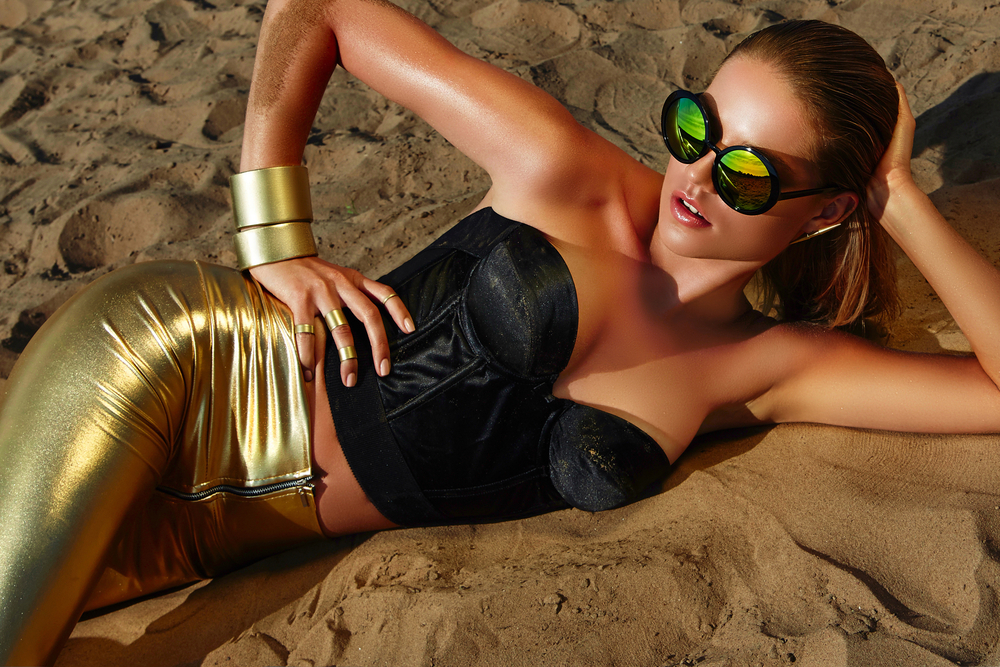
Introduction:
When it comes to modeling, it goes way beyond just looking beautiful or handsome. It's about understanding the art of posing and expressing oneself in a way that captures attention and tells a story through photographs. modelling (or modeling) is an art form that requires practice, technique, and the ability to convey emotions through body language. In this article, we will explore the secrets to mastering poses and expressions in dynamic photoshoots.
1. The Power of Body Language:
Body language is a vital aspect of modeling (or modelling) as it conveys emotions and messages that words cannot express. Every movement, every gesture, and every pose tells a story. It's essential to understand how to use body language effectively to communicate with the camera and the audience. Whether it's a subtle hand movement or a powerful stance, body language adds depth and interest to a photograph.
2. Becoming a Natural Poser:
modeling is all about looking natural and effortless in front of the camera. To achieve this, one must practice and experiment with various poses to find what works best for them. Understanding your body type, angles, and strengths will help you discover poses that highlight your unique features. Knowing how to pose gracefully in different settings or scenarios will enhance the overall impact of your photographs.
3. Expressing Emotions:
Expressions are the gateway to connecting with an audience. A model must master the art of expressing emotions through their eyes, facial expressions, and body language. Whether it's a smoldering gaze, a playful smile, or a look of intensity, these expressions bring life and authenticity to a photograph. It's essential to be able to tap into different emotions and convey them convincingly to create impactful images.
4. Studying Poses from the Pros:
One of the best ways to improve modeling skills is by studying the work of seasoned professionals. Examine the poses and expressions showcased in fashion magazines, online portfolios, and social media platforms. Pay attention to the small details, such as the positioning of the hands, the tilt of the head, or the curve of the body. Analyzing and emulating these poses can help improve your own modeling (by models) repertoire.
5. The Importance of Dynamic Photoshoots:
Static poses can only take a model so far. To truly excel in the modelling industry, one must embrace dynamic photoshoots. These photoshoots involve movement, creativity, and experimentation. It could involve walking, jumping, dancing, or even interacting with props. Dynamic shoots allow the model to showcase their versatility and ability to adapt to different scenarios, creating visually captivating images.
6. Working with Photographers:
Collaboration between model and photographer is paramount for a successful photoshoot. Models should communicate their ideas and visions to the photographer, allowing both parties to work together to bring the concept to life. A good photographer will guide the model with directions, helping them achieve the desired poses and expressions. This partnership creates a synergy that elevates the final result.
7. The Power of Practice:
Modeling, like any other art form, requires practice. The more you practice poses, expressions, and body language, the more comfortable and confident you become in front of the camera. Practice different angles, experiment with lighting, and try new poses regularly. This continuous effort will help you refine your skills and develop your own unique style.
Frequently Asked Questions:
Q1. How do I overcome camera shyness and feel more comfortable during a photoshoot?A1. Practice is key. The more photoshoots you participate in, the more comfortable you will become in front of the camera. Relax, trust the process, and remember that confidence is key to capturing stunning images.
Q2. How do I find my unique modeling style?
A2. Experimentation is crucial in finding your unique modeling style. Try different poses, expressions, and styles to discover what makes you stand out. Embrace your individuality and let it shine through in your photographs.
Q3. What should I do if my photographer doesn't provide direction during a shoot?
A3. Communication is essential. If your photographer doesn't provide direction, don't hesitate to ask for guidance or suggest poses that you believe would work well. Collaboration is key to ensure both parties are satisfied with the final results.
Q4. How do I convey specific emotions through my expressions?
A4. Start by understanding the emotions you need to convey. Practice in front of a mirror, experiment with different facial expressions, and study how emotions are expressed by others. Remember, subtlety can often be powerful in conveying emotions effectively.
Q5. How can I improve my posing skills without hiring a professional photographer?
A5. Self-portraits can be an excellent way to practice posing without a professional photographer. Set up a camera with a timer or use a tripod and experiment with different poses in various settings. Analyze the results, identify areas for improvement, and continue refining your skills.
Conclusion:
Modeling is an art form that goes far beyond its glamorous surface. It requires mastering the art of posing and expressing oneself through body language and emotions. By understanding these essential elements and continuously practicing, any aspiring model can unlock their potential and captivate audiences through their dynamic photoshoots. So, embrace the art of modeling, discover your unique style, and let your creativity shine through each pose and expression.
Remember, every photo tells a story – and as a model, you have the power to narrate it with grace, passion, and beauty.
Other useful resources
- https://en.wikipedia.org/wiki/Category:Modeling_(profession)
- https://blog.planetmodelphoto.com/models/modeling/
Set the number of columns in the parameters of this section. Make your own website in a few clicks!